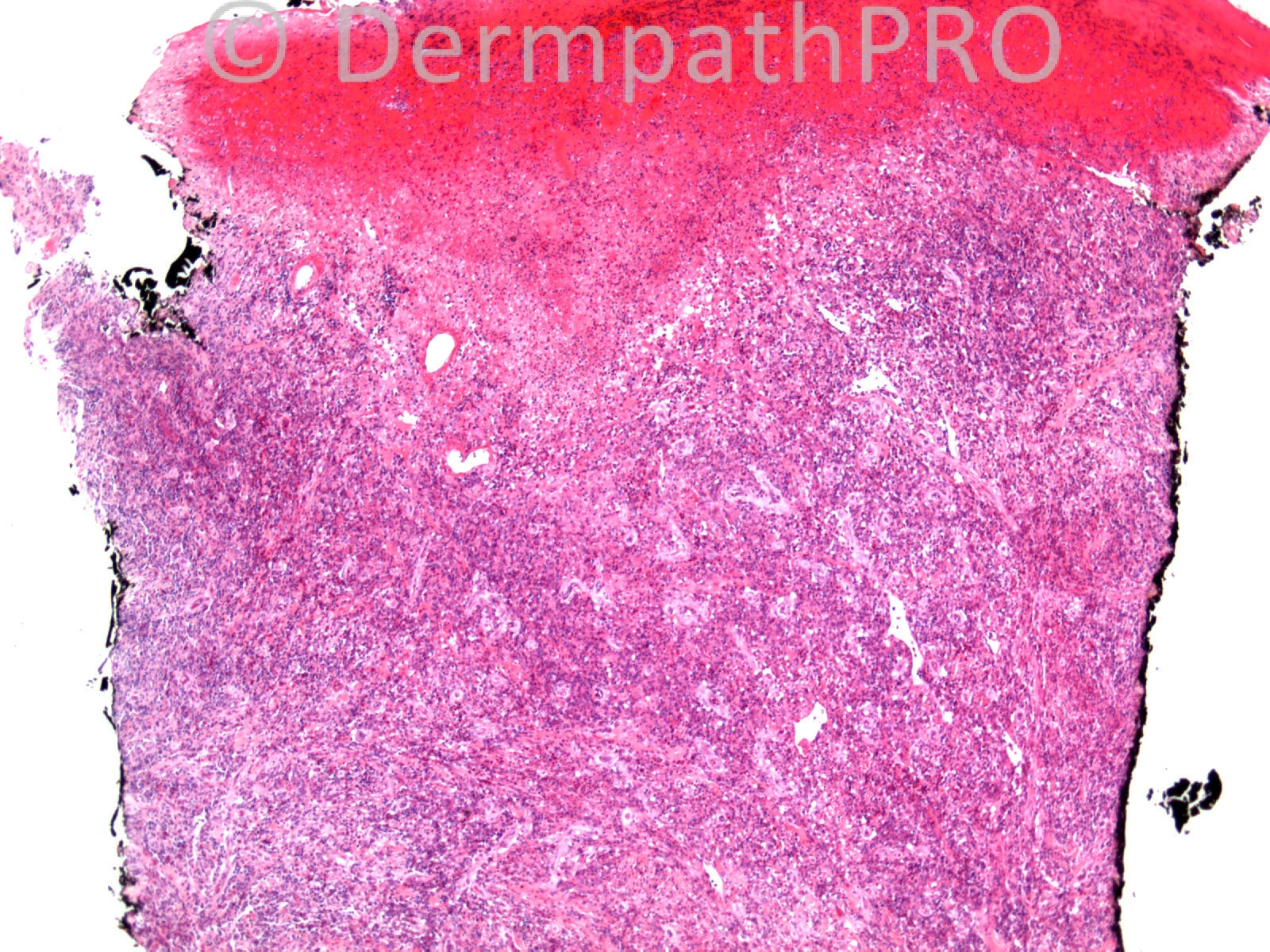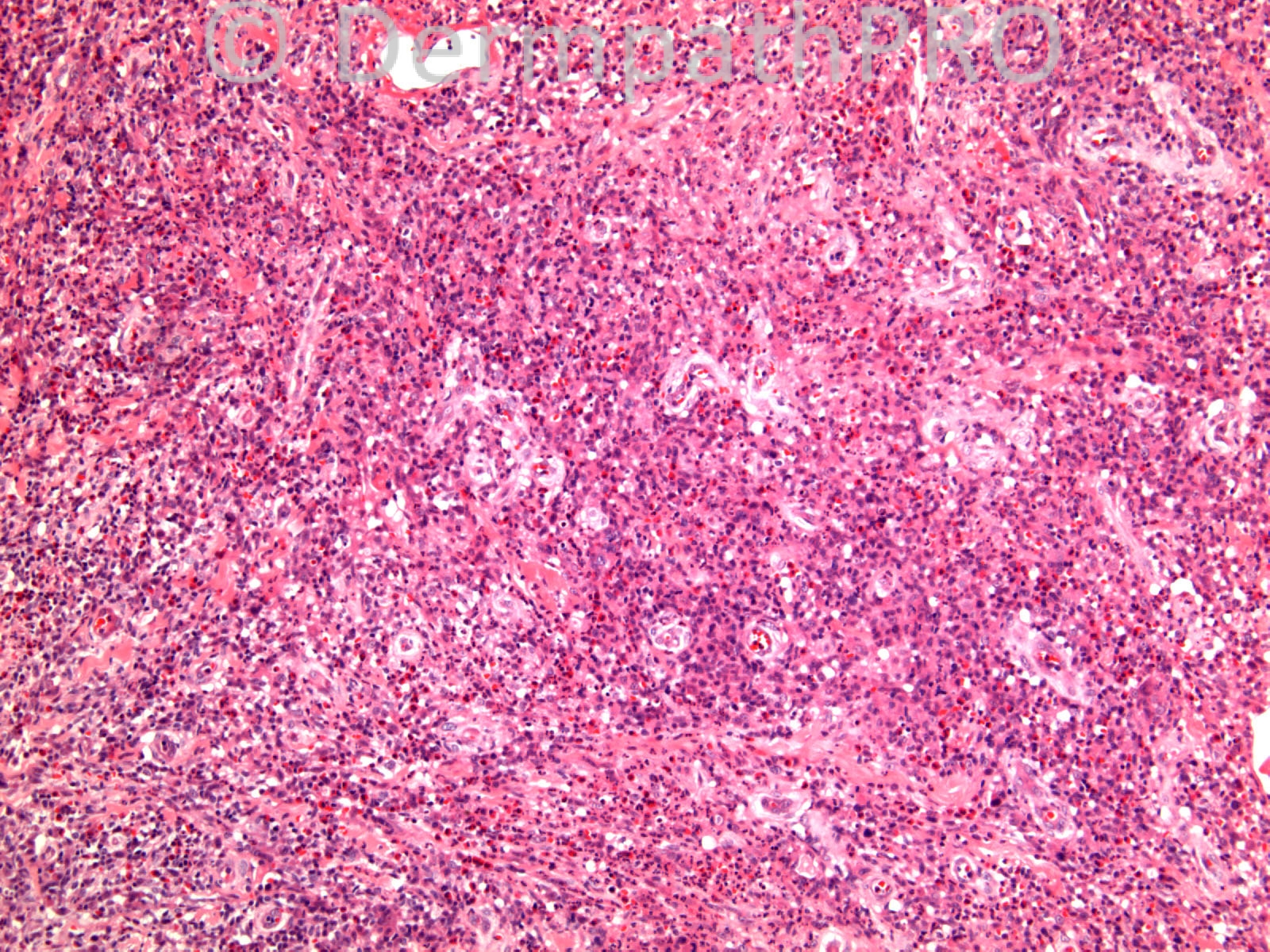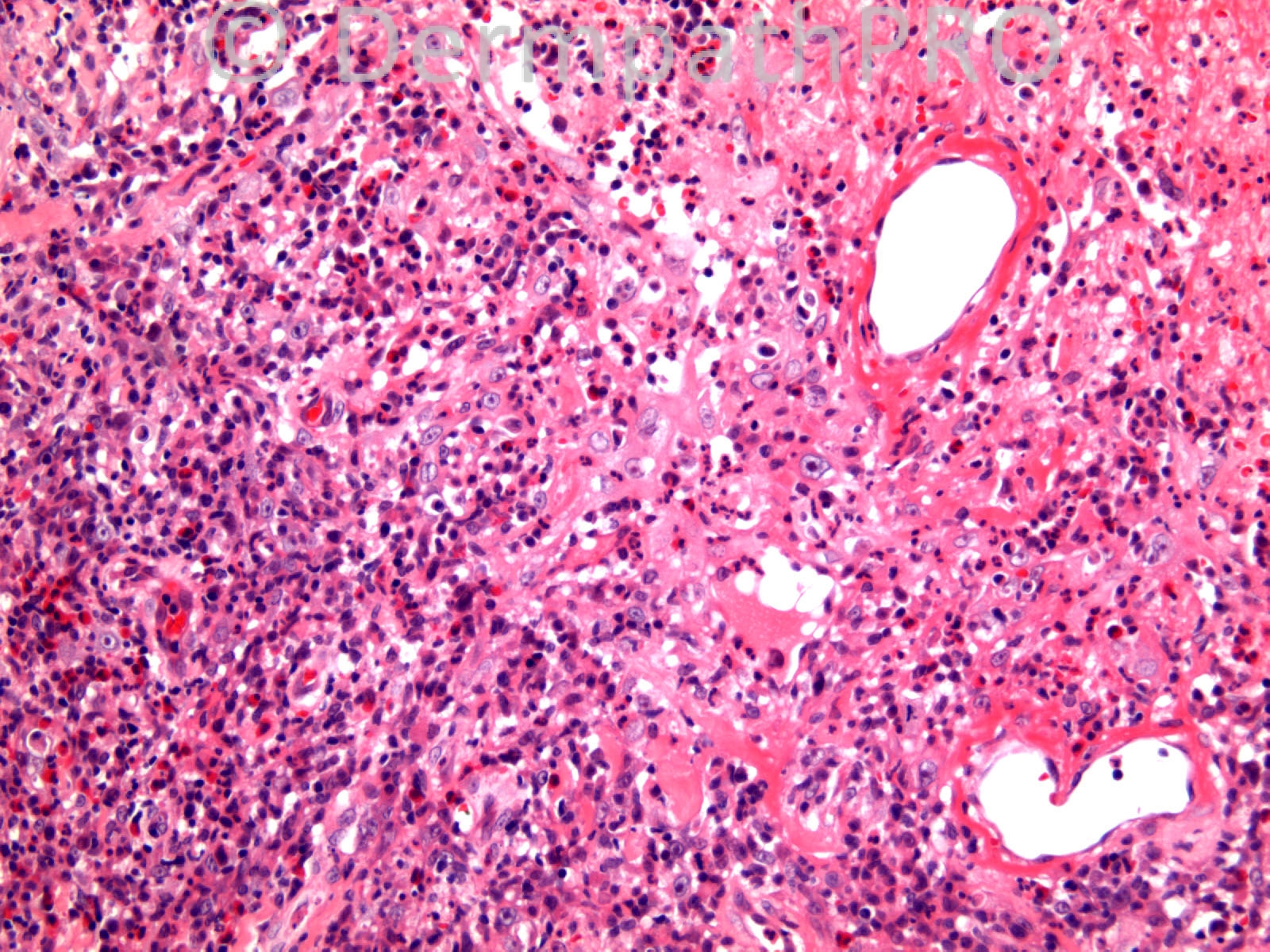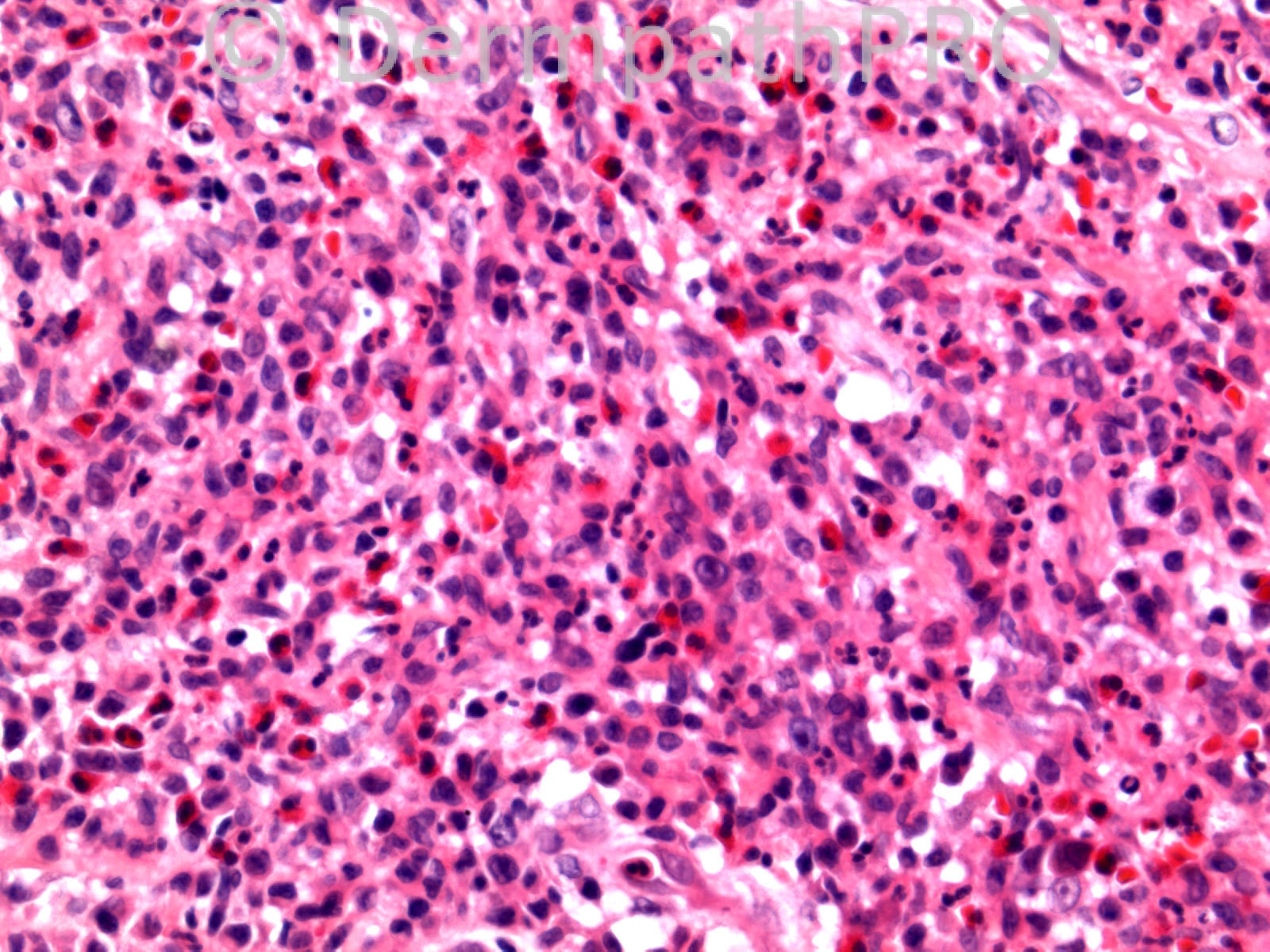Case Number : Case 1037 - 13th June Posted By: Guest
Please read the clinical history and view the images by clicking on them before you proffer your diagnosis.
Submitted Date :
M66. Dorsum 1st MCP joint. 7/52 indurated purple - red large nodule / plaque. ?atypical mycobacterium ?Orf
Case posted by Dr. Richard Carr.
Case posted by Dr. Richard Carr.








Join the conversation
You can post now and register later. If you have an account, sign in now to post with your account.